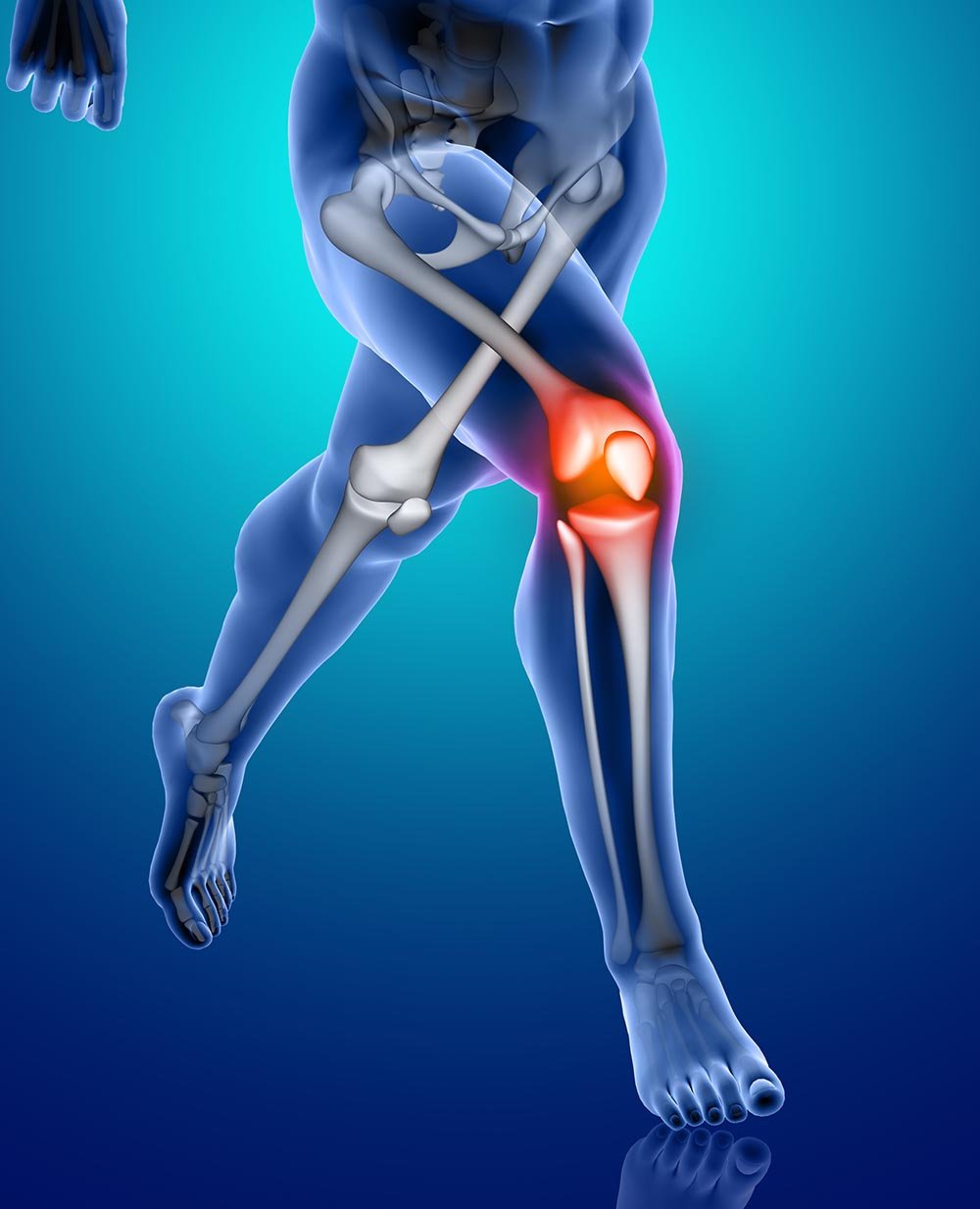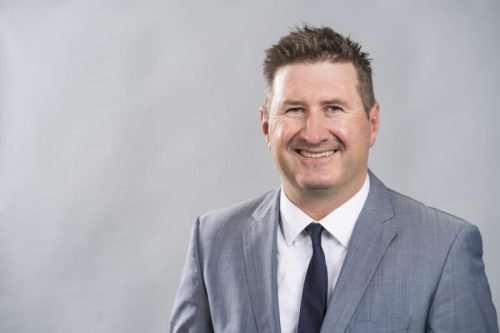About Me
Dr. Brett Fritsch
Orthopaedic Knee Surgeon
Dr Brett Fritsch specialises exclusively in surgery of the knee, with a particular focus on arthroscopic surgery, ACL and other ligament reconstruction, patella stabilisation, limb realignment, and robotic knee replacement.
Dr Fritsch has appointments at The Mater Private Hospital and at Royal Prince Alfred Hospital in Camperdown where he is a teaching surgeon and lead of Orthopaedic Robotics program. He is a member of the Australian Knee Society, Australian Orthopaedic Association, numerous international associations including the ACL Study Group, and is the current Co-chairman of the Knee Committee of the International Society of Arthroscopy, Kee Surgery, and Orthopaedic Sports Medicine.
With over 15 years experience, and having performed over 5000 knee surgeries, published over 40 peer reviewed research papers in international journals, and been an invited speaker at conferences from the USA to Europe, Japan, India, China, and South America, Dr Fritsch has a reputation as an innovator and leader in surgery of the knee.
Patients can be seen by appointment in his consulting rooms in St Leonards, Newtown, and at the Orthopaedic outpatient clinic at RPA.
Our Services
What Service We Offer
Dr. Fritsch is an Orthopaedic surgeon specialised in surgery of the knee. His expertise is in managing all injuries and degenerative conditions that can afflict the knee, and some of the common procedures and conditions he manages include the following.

ACL Reconstruction
The Anterior Cruciate Ligament is one of the major stabilising ligaments of the knee. It is a strong, rope like structure in the centre of the knee
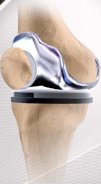
Knee Replacement
A total knee replacement (TKR) or total knee arthroplasty is a surgery that resurfaces an arthritic knee joint with an artificial metal
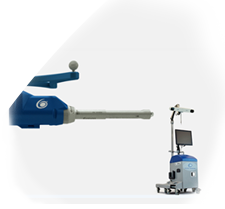
Robotic Surgery
OMNIPlasty is an innovative computer navigated, robotic assisted total knee replacement system designed to aid the surgeon in delivering the ideal placement
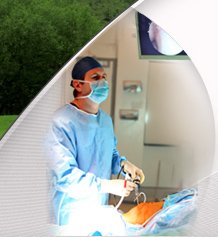
Arthroscopic Surgery
Arthroscopy is a surgical procedure in which an arthroscope is inserted into a joint. Arthroscopy is a term that comes from two Greek words
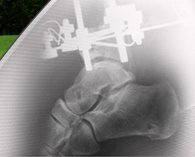
Limb Realignment
Limb realignment is a technique to correct limb deformities such as arthritis, fracture, injury by trauma, or birth defects
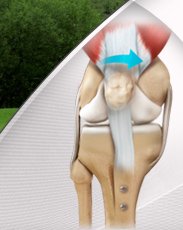
Patella Stabilisation
This procedure is indicated for those patients who have recurrent episodes of patella dislocation. The procedure is considered after multiple episodes
FAQ
General Questions
Diagnosing injuries and disease begins with a thorough medical history, physical examination, and usually X-rays. Additional tests such as an MRI, or CT scan also may be needed. Through the arthroscope, a final diagnosis is made which may be more accurate than through "open" surgery or from X-ray studies.
Although the inside of nearly all joints can be viewed with an arthroscope, six joints are most frequently examined with this instrument. These include the knee, shoulder, elbow, ankle, hip, and wrist. As engineers make advances in electronic technology and orthopaedic surgeons develop new techniques, other joints may be treated more frequently in the future.
Getting a full range of motion, strength and flexibility back after surgery usually takes time. That's where pre-operative exercise and education and post-operative physical therapy programs come in - to ensure you're physically and emotionally prepared for surgery and to maximize your recovery after surgery.
